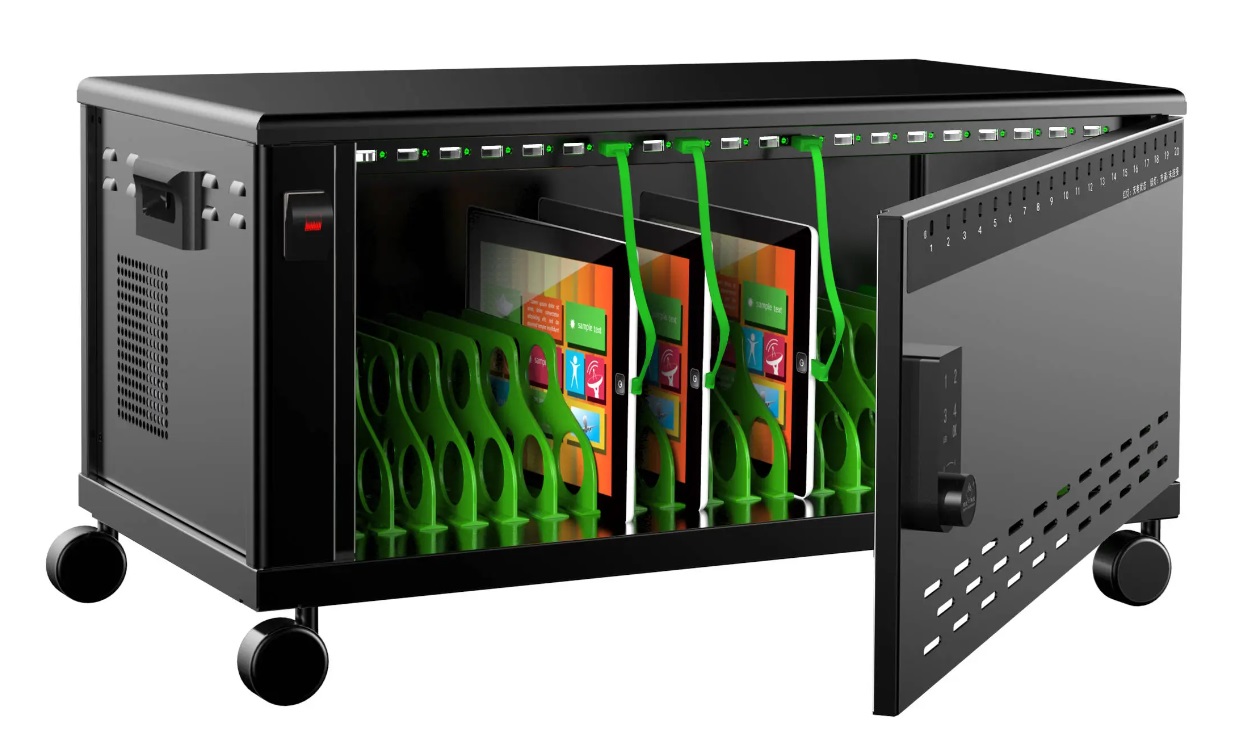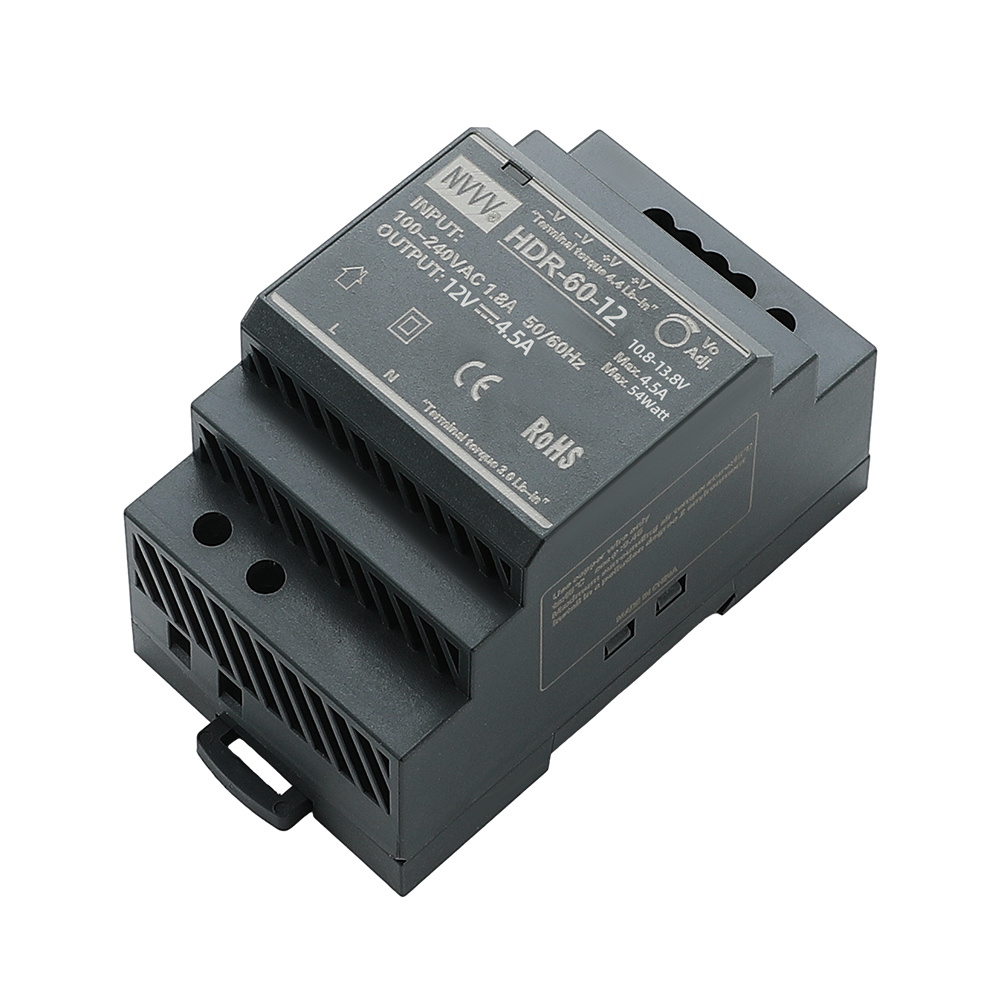Is SMPS and UPS the same and how to distinguish them?
In modern electronic devices, both switching power supplies (SMPS) and uninterruptible power supplies (UPS) are very important components. Although these two devices are different in name, many people may confuse their functions and roles. So, are SMPS and UPS the same? What are the differences between them? This article will help you better understand them by analyzing the working principles, application scenarios and practical differences of these two devices in detail.
1. How do SMPS and UPS work?
To understand the difference between SMPS and UPS, you first need to understand their respective working principles.
What is SMPS (Switching Power Supply)?
A switching power supply (SMPS) is an efficient power conversion device that converts input alternating current (AC) into the required direct current (DC) through high-speed switching transistors. The main advantages of SMPS are its high efficiency and compact design. Compared with traditional linear power supplies, SMPS can manage energy losses more effectively, thereby providing more power in a smaller volume.
The working principle of SMPS includes four main steps:
1. Rectification and filtering: First, the input AC power is converted into unstable DC power through the rectifier.
2. High-frequency switching: Then, the DC power passes through the high-frequency switching circuit and becomes a high-frequency AC signal.
3. Transformer conversion: The high-frequency signal is adjusted by the transformer to reach the required output voltage.
4. Rectification and filtering: Finally, after rectification and filtering, stable DC power is output.
For example, in a 3D printer using a 24V DC power supply, the SMPS is responsible for converting the input AC power into a stable 24-volt dc power supply to ensure the normal operation of the printer.
What is UPS (Uninterruptible Power Supply)?
Uninterruptible Power Supply (UPS) is a system that provides backup power for critical equipment. The main function of UPS is to immediately switch to a backup battery or other power source when the main power fails or the voltage fluctuates, thereby ensuring the continuous operation of the equipment. UPS is commonly used in data centers, hospitals, communication systems and other places with extremely high requirements for power stability.
The working principle of UPS includes the following steps:
1. During normal power supply: UPS draws power from the main power source and charges the backup battery at the same time.
2. During power outage: When the main power fails, UPS will immediately switch to the backup battery and continue to power the connected devices.
3. After power is restored: Once the main power is restored, UPS switches back to the main power source and continues to charge the battery in preparation for the next possible power outage.
UPS not only provides short-term power support, but also protects equipment from voltage spikes and fluctuations.
2. What are the differences in the application scenarios of SMPS and UPS?
Although both SMPS and UPS involve power management, they have obvious differences in application scenarios.
Application scenarios of SMPS
SMPS is widely used in various electronic devices that require stable DC power due to its high efficiency and compact design. Common application scenarios include:
Computers and servers: In computers and servers, SMPS converts the AC power of the main power supply into the DC power required by the computer motherboard and other components.
Household appliances: Such as TVs, stereos, microwave ovens and other devices usually use SMPS to provide the DC power required for internal circuits.
Industrial equipment: Many industrial equipment, such as CNC machine tools, 3D printers, and embroidery machines, also rely on SMPS to provide stable power. For example, some industrial 3D printers use 24vdc power supplies, and switching mode power supply is responsible for converting the input AC power into the 24V DC power required by these devices.
Communication equipment: In communication equipment such as routers and switches, SMPS provides stable operating voltage for the equipment to ensure the continuity and stability of data transmission.
Application scenarios of UPS
UPS is mainly used in key equipment that requires uninterrupted power supply. Its application scenarios include:
Data center: In the data center, UPS system is used to provide uninterrupted power supply for servers and network equipment to prevent data loss or service interruption caused by power failure.
Medical equipment: Many key equipment in hospitals, such as life monitors, surgical equipment, etc., must ensure continuous operation, so UPS is an indispensable part of the medical power system.
Communication base station: Communication base station has very high requirements for power supply. UPS ensures that even when the power is interrupted, the base station equipment can still work normally to ensure uninterrupted communication.
Financial system: The computer systems of banks and stock exchanges need to run continuously, and UPS systems provide the necessary power guarantee to prevent financial data loss or transaction interruption caused by power problems.
3. What is the difference between SMPS and UPS?
Although both SMPS (switched mode power supply) and UPS play an important role in power management, their functions and design purposes are very different. Below we will analyze their differences in detail through several key aspects.
Differences in main functions
The main function of SMPS is to convert the input AC power into DC power and minimize energy loss to provide efficient power conversion. It focuses on providing stable DC power and is usually used in electronic devices that require DC power.
In contrast, the main function of UPS is to provide uninterrupted power supply for critical equipment. Its core task is to quickly switch to backup power when power is interrupted to ensure the continuous operation of equipment. UPS focuses on the continuity and
Energy conversion and storage
SMPS usually has a higher energy conversion efficiency because it uses high-frequency switching technology to effectively convert AC power into DC power and can adjust the output voltage according to the needs of the equipment. SMPS itself does not store energy, it is only responsible for energy conversion and output.
UPS involves both energy conversion and energy storage. UPS usually has built-in batteries or other backup power sources. When the main power fails, UPS will quickly switch to these backup power sources to continue to power the equipment. This means that UPS is not only an energy conversion device, but also an energy storage device.
Design complexity and cost
Since switch mode power supply focuses on efficient energy conversion, the design is usually compact and simple, suitable for devices with limited size and weight. In addition, the cost of SMPS is relatively low, suitable for large-scale production and application.
In contrast, the design of UPS is more complex. In addition to the inverter part, UPS also contains a battery management system, controller and other components for power switching and protection. This makes the cost of UPS relatively high and requires regular maintenance of the battery system.
Distinction between application areas
The application areas of SMPS and UPS are also significantly different. SMPS is mainly used in equipment that requires a stable DC power supply, such as electronic products, communication equipment and industrial control systems. UPS is mainly used in occasions with extremely high requirements for power supply continuity, such as data centers, medical equipment and communication base stations.
For example, in an industrial system that requires 24V DC power, the SMPS is responsible for converting the input AC power into 24V DC power for the equipment. The UPS ensures that these devices can continue to operate even in the event of a power outage and will not shut down due to power failure.
Conclusion
SMPS and UPS play very different roles in power management. SMPS is an efficient power conversion device that focuses on converting AC power into DC power and is widely used in various electronic devices. Its advantages are high efficiency, small size and low cost. On the other hand, UPS is an uninterruptible power supply system designed to provide continuous power supply to critical equipment, especially in the event of a power outage. The design of UPS is more complex and is suitable for scenarios with high power supply requirements, such as data centers and medical equipment.
Through the analysis of this article, we can clearly see that although SMPS and UPS may overlap in name and some applications, they have essential differences in function, design and application scenarios. Which device to choose should be determined according to actual needs. If your need is to provide a stable DC power supply to your device, then SMPS is a suitable choice; if your device needs to be able to operate normally during a power outage, then UPS is indispensable.












